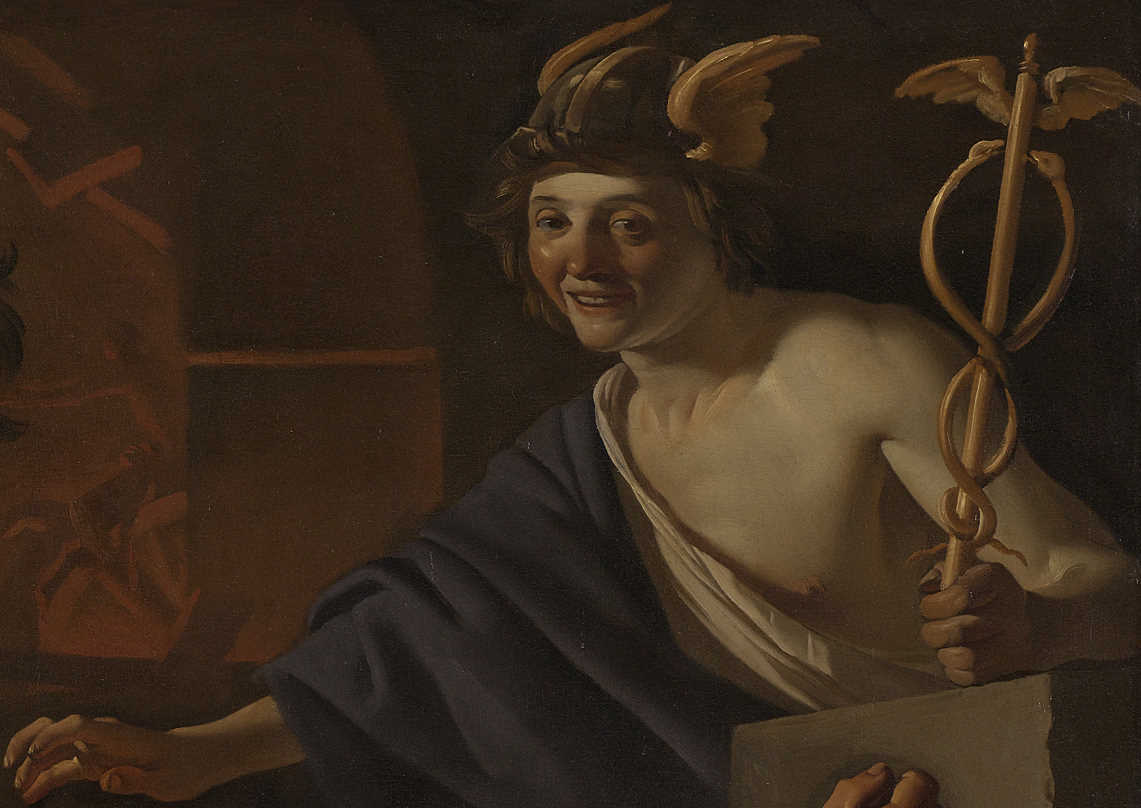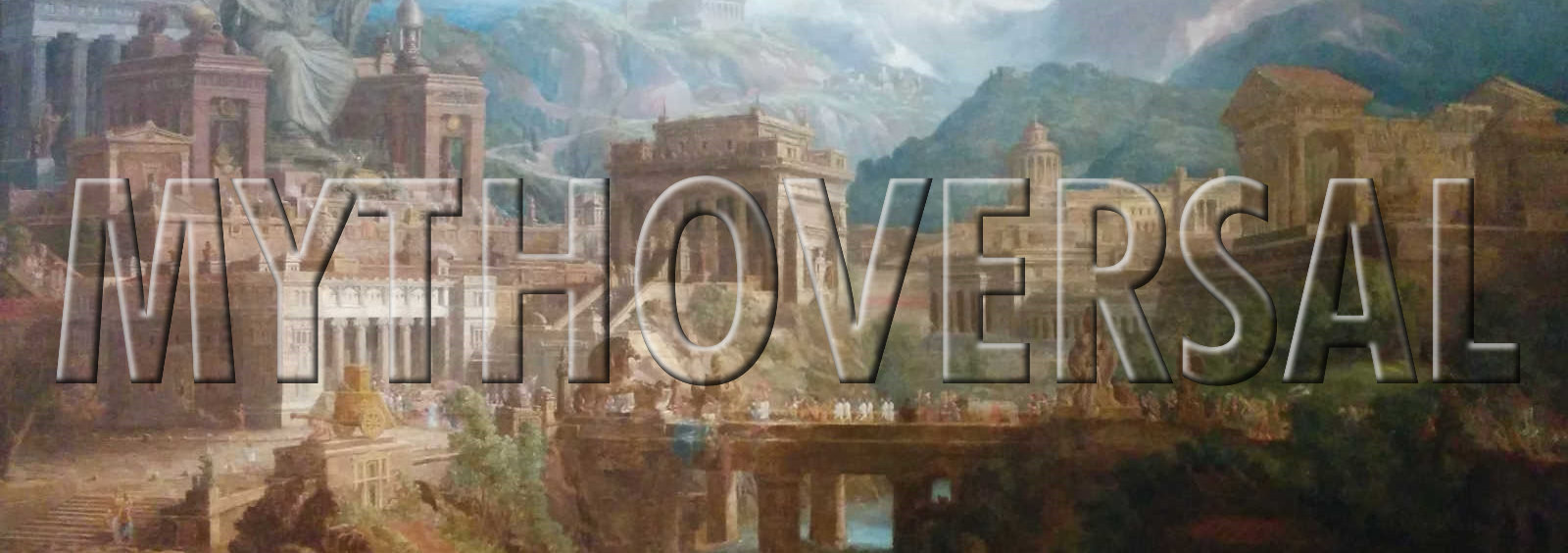Hermes
Greek: Ἑρμης (Hermes) * Latin: Mercurius/Mercury * English: Hermes
Hermes in Mythology
Zeus commanded that glorious Hermes should be lord over all birds of omen and grim-eyed lions, and boars with gleaming tusks, and over dogs and all flocks that the wide earth nourishes, and over all sheep. Also that he only should be the appointed messenger to Hades, who, though he charges no price, bestows the ultimate prize. Hermes consorts with all mortals and immortals alike with little profit, and continually, throughout the dark night, he deceives the tribes of mortal men.
Divine Domains
Roads, Travelers, Thieves, Gamblers, Merchants, Commerce, Speech, Interpretation, and Flocks. As the only Olympian allowed access to Hades's realm, Hermes is tasked with guiding departed souls to their final destination.
Divine Symbols & Sigils
Kerykeion
A short, winged staff entangled with two snakes. In Latin, a caduceus. Hermes's Kerykeion had the power to put people into sleep or to rouse them.Petasos
A broad-brimmed hat that's sometimes also depicted as winged.Talaria
A pair of winged sandals.A Purse
Or perhaps it was a sachel.Animals
Snake, Rooster, Tortoise, Ram, HawkPlants
Crocus, Strawberry-treeOn This Page:
Elsewhere:
Join World Anvil to subscribe to updates.

Divine Classification
Olympian God
Children

Comments